Introduction
Swimwear and bikinis are not just fashion statements; they represent comfort, confidence, and quality. The process of Swimwear/Bikini Product Inspection is crucial in ensuring that these garments meet the high standards expected by consumers. With various factors influencing the overall quality—from fabric material and woven design to style colour and pattern—it’s essential to conduct thorough inspections to maintain brand reputation and customer satisfaction.
Importance of Swimwear/Bikini Product Inspection
The significance of Swimwear/Bikini Product Inspection cannot be overstated, as it directly impacts a brand's credibility in a competitive market. Consumers expect swimwear that not only looks good but also fits well and lasts through countless beach days and pool parties. By prioritizing inspections, manufacturers can identify potential issues related to fabric material, bra symmetry, and seam stitching smoothness before products reach the shelves.
Key Factors in Swimwear Quality Assurance
Quality assurance in swimwear production hinges on several key factors that contribute to the overall performance of the garment. First among these are the fabric material and woven design, which play a pivotal role in durability and comfort during wear. Additionally, elements such as style colour and pattern must be meticulously checked for accuracy to ensure that each piece meets consumer expectations while maintaining aesthetic appeal.
Overview of Inspection in China
China has emerged as a global hub for swimwear production, making inspection processes vital for maintaining international quality standards. The country's robust manufacturing capabilities necessitate rigorous checks on all aspects of swimwear from bra symmetry to exposed base components before products are shipped worldwide. By implementing comprehensive inspection protocols, companies can safeguard their reputation while ensuring that every piece is ready for sun-soaked adventures.
Understanding Fabric Material and Woven Design
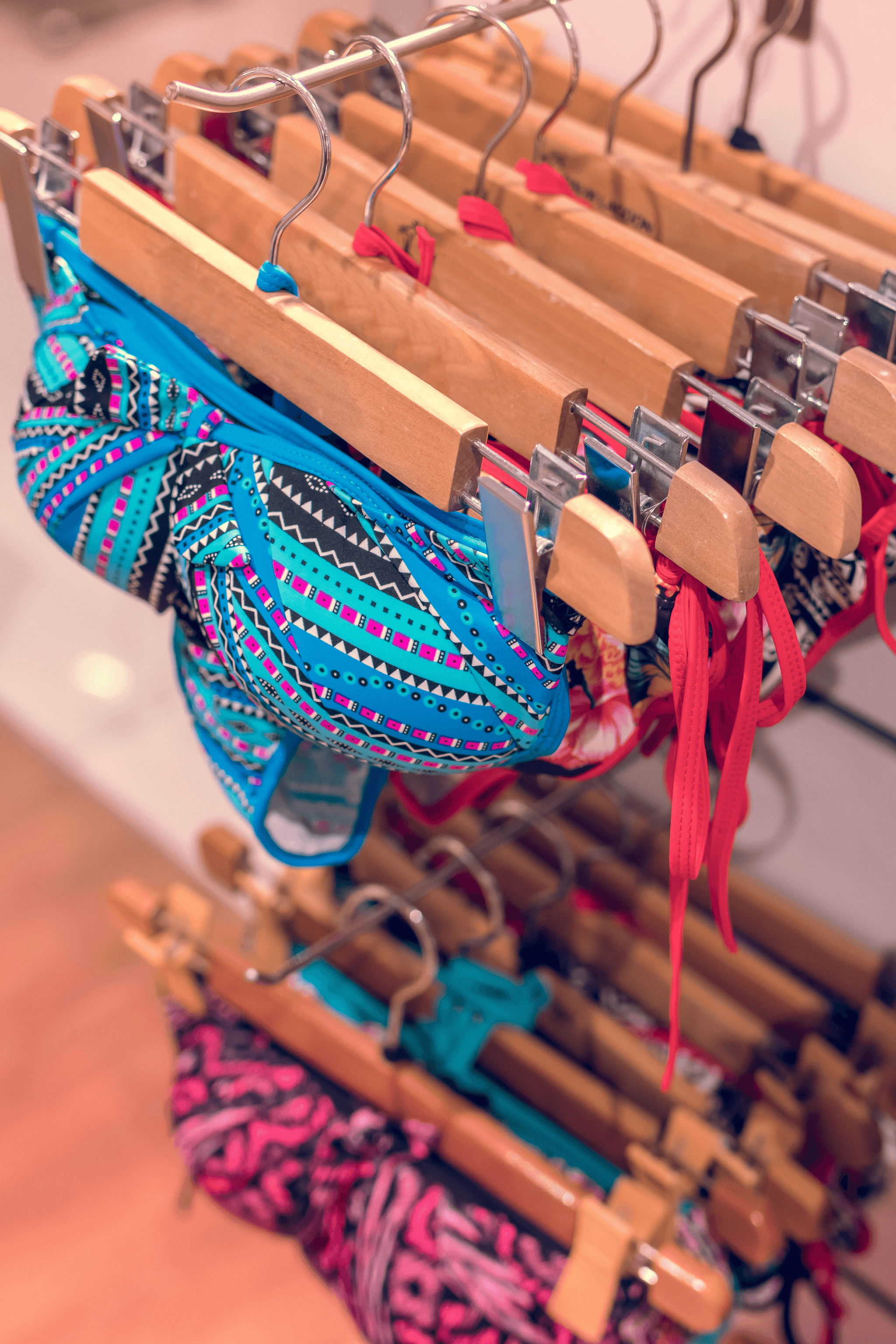
When it comes to Swimwear/Bikini Product Inspection, fabric material and woven design play a crucial role in determining the overall quality and performance of swimwear. The right fabric can enhance comfort, durability, and aesthetic appeal, while poor-quality materials can lead to dissatisfaction among consumers. Thus, understanding the various types of fabrics used in swimwear is essential for ensuring that products meet the demands of both style and functionality.
Types of Fabrics Used in Swimwear
Swimwear is typically crafted from a variety of fabrics designed to withstand the rigors of water exposure while maintaining comfort and style. Commonly used materials include nylon, polyester, spandex (or elastane), and blends that enhance elasticity and quick-drying properties. Each fabric type brings unique characteristics; for instance, nylon is lightweight and resistant to abrasion, while spandex provides excellent stretchability—both vital components in effective Swimwear/Bikini Product Inspection.
Moreover, eco-friendly options such as recycled polyester are gaining traction within the industry as consumers become more environmentally conscious. These innovative fabrics not only cater to sustainability but also maintain high performance standards necessary for swimwear durability. In essence, selecting the right fabric material is paramount during product inspection to ensure a balance between fashion-forward designs and functional wear.
Importance of Fabric Quality in Swimwear/Bikini Product Inspection
The quality of fabric directly influences the longevity and wearability of swimwear products. High-quality fabrics resist fading from sun exposure and chlorine damage from pools, which are common concerns for consumers engaging with swimwear regularly. During Swimwear/Bikini Product Inspection, evaluating fabric quality helps identify potential issues such as pilling or color bleeding that could undermine customer satisfaction.
Additionally, superior fabric quality contributes significantly to fit—crucial when assessing elements like bra symmetry or seam stitching smoothness and flatness during inspections. A well-constructed garment made from high-quality materials will not only look good but also feel good on the body—ensuring customers return for more purchases rather than seeking alternatives due to discomfort or poor performance. Ultimately, thorough inspection processes centered around fabric quality are indispensable for upholding brand reputation.
Checking for Compliance with Safety Standards
In today's market landscape, ensuring compliance with safety standards has never been more critical during Swimwear/Bikini Product Inspection processes. Regulatory bodies have established guidelines regarding chemical content in fabrics—such as restrictions on harmful substances—that manufacturers must adhere to before products hit retail shelves. Inspecting compliance safeguards not just consumer health but also shields brands from potential legal ramifications stemming from non-compliance.
Furthermore, adherence to safety standards extends beyond chemical composition; it encompasses aspects like UV protection ratings that some swimwear claims to offer against sun damage—a significant selling point for many consumers today. When conducting inspections focused on woven design elements alongside safety checks ensures that every piece meets industry benchmarks without compromising style colour and pattern integrity or overall aesthetic appeal. By prioritizing compliance during inspections, brands can foster trust with their customers while promoting a safe swimming experience.
Evaluating Style Colour and Pattern
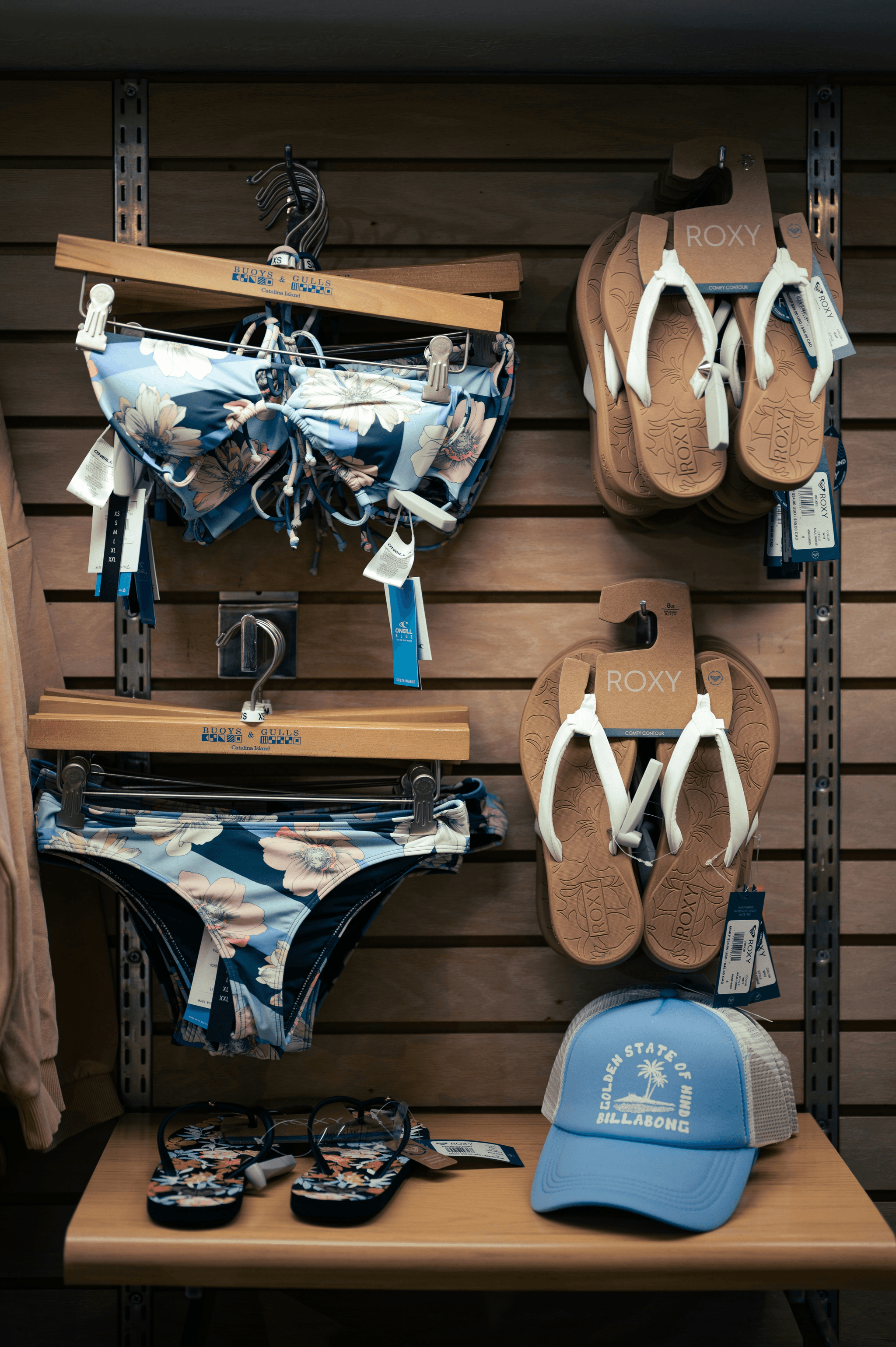
Swimwear design is not just about fit; it’s also a vibrant expression of personality, lifestyle, and current trends. The interplay of style colour and pattern can significantly influence customer attraction and satisfaction in the competitive swimwear market. Thus, thorough Swimwear/Bikini Product Inspection must include an evaluation of these aesthetic elements to ensure they meet brand standards and consumer expectations.
Significance of Colour in Swimwear Design
Colour plays a pivotal role in swimwear design, as it can evoke emotions, convey messages, and establish brand identity. Bright hues might suggest fun and energy, while muted tones may communicate sophistication or relaxation. During Swimwear/Bikini Product Inspection, inspectors should assess whether the chosen colours align with seasonal trends and target demographics to maximize appeal.
Additionally, the quality of dye used is crucial; poor-quality dyes can fade quickly under sun exposure or when washed, leading to dissatisfied customers. Inspectors must verify that colourfastness tests are conducted to ensure longevity in various conditions such as chlorine pools or saltwater beaches. Ultimately, a well-executed colour strategy not only enhances visual appeal but also contributes to overall customer satisfaction.
Assessing Pattern Accuracy and Completeness
Patterns on swimwear can range from tropical florals to geometric designs, making them essential for capturing consumer interest. Assessing pattern accuracy during Swimwear/Bikini Product Inspection involves checking alignment at seams and ensuring that patterns are complete without any misprints or inconsistencies that could detract from the garment's overall appearance.
Inspectors should also evaluate how patterns flow across different sections of the swimsuit; mismatched patterns at seams can create an unprofessional look that may turn potential buyers away. Additionally, with fabric material and woven design playing a significant role in how patterns appear on swimwear, it's crucial for inspectors to consider how different materials affect pattern visibility and sharpness.
Trends in Swimwear/Bikini Styles
The world of swimwear is ever-evolving; staying updated on trends is vital for designers aiming to capture market share effectively. Current trends might include high-waisted bikinis or one-piece suits featuring cutouts or asymmetrical designs—each requiring careful consideration during Swimwear/Bikini Product Inspection for proper execution of style elements like bra symmetry and seam stitching smoothness.
Moreover, sustainability has become increasingly important in recent years; eco-friendly fabrics are gaining traction among consumers who prioritize environmental impact alongside aesthetics. Inspectors should be aware of these trends not only to ensure compliance with style expectations but also to help brands align their offerings with consumer preferences while maintaining quality across all aspects—from fabric material to exposed base components.
Ensuring Bra Symmetry
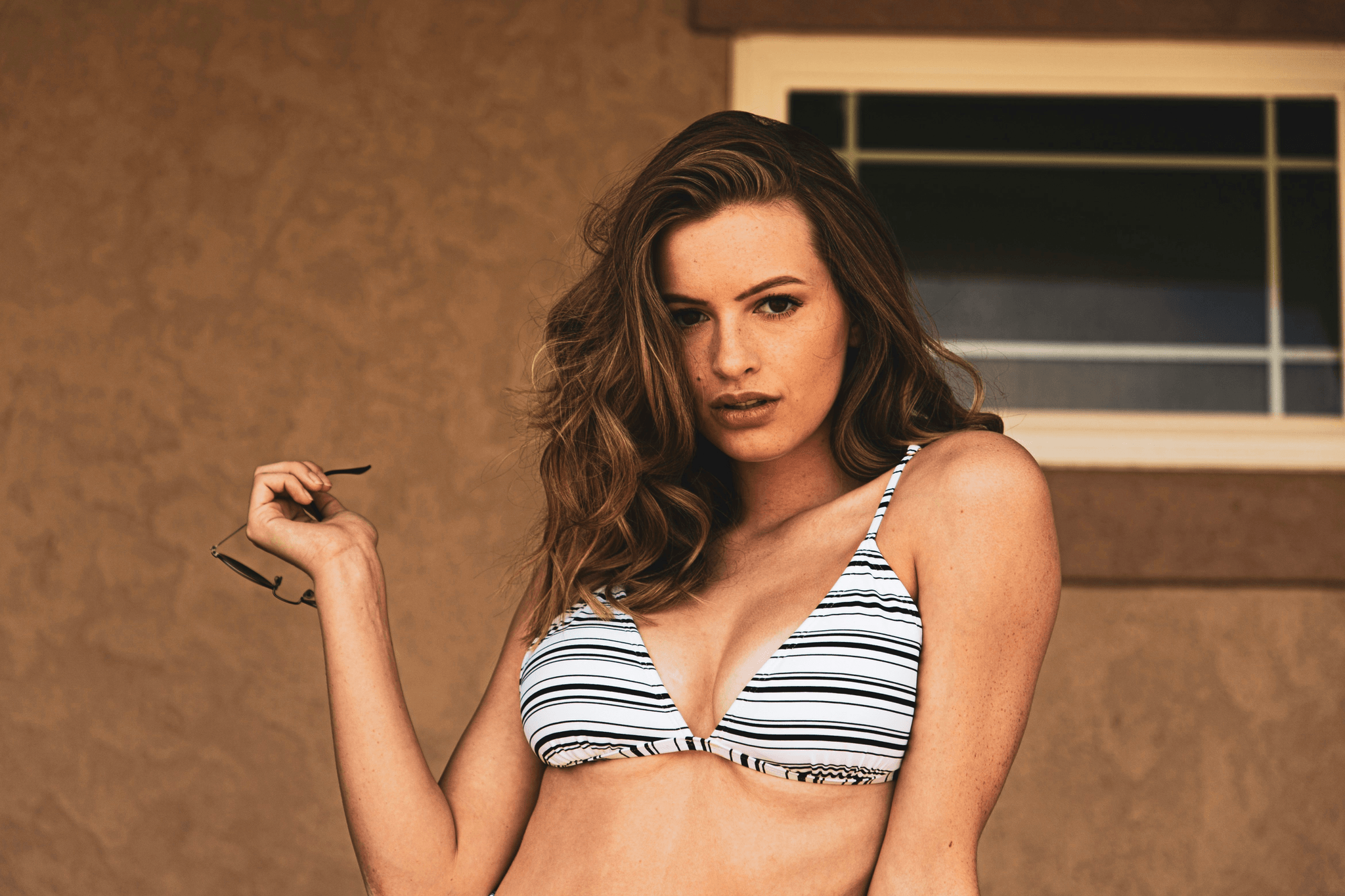
Achieving the perfect fit in swimwear and bikinis hinges significantly on bra symmetry. This aspect not only enhances the overall aesthetic appeal but also affects comfort and support, which are crucial for the wearer. In swimwear/bikini product inspection, ensuring that bra components are symmetrical is essential to meet customer expectations.
Importance of Bra Symmetry in Fit
Bra symmetry plays a pivotal role in how swimwear fits and flatters the body. When both sides of a bikini top are aligned, it provides balanced support, enhancing the natural silhouette of the wearer. Poor bra symmetry can lead to discomfort and an unappealing look, ultimately affecting customer satisfaction and brand loyalty.
Methods for Testing Bra Alignment
To ensure bra alignment during swimwear/bikini product inspection, several methods can be employed. Visual inspections can help identify any noticeable discrepancies in symmetry, while measuring tools can provide precise assessments of each side’s dimensions. Additionally, fit models can be utilized to evaluate how well the swimwear conforms to various body types, thereby ensuring consistent quality across styles.
Impact of Poor Bra Symmetry on Customer Satisfaction
The ramifications of poor bra symmetry extend beyond aesthetics; they directly influence customer satisfaction and retention rates. When customers encounter discomfort or an ill-fitting bikini due to asymmetrical design elements, they are less likely to return for future purchases. Thus, maintaining high standards in bra symmetry is critical not only for enhancing style colour and pattern but also for ensuring overall positive experiences with swimwear products.
Analyzing Seam Stitching Smoothness and Flatness
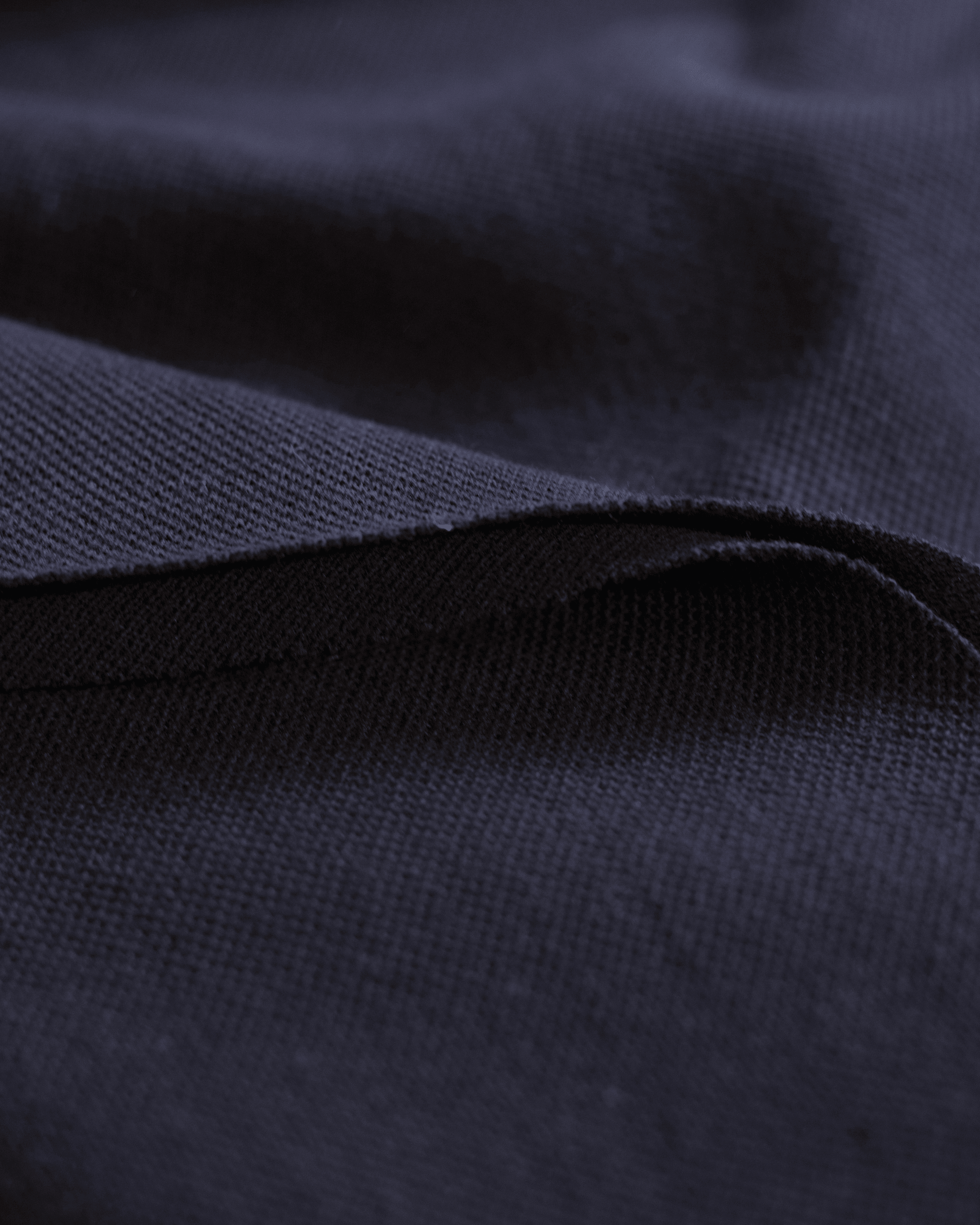
When it comes to Swimwear/Bikini Product Inspection, the quality of seam stitching can make or break a piece. Seam stitching smoothness and flatness are critical for both aesthetics and functionality in swimwear. Poorly executed seams can lead to discomfort, unsightly bulges, and even product failure, which is why they deserve close scrutiny during inspections.
Types of Seams Used in Swimwear
Swimwear typically employs several types of seams to ensure durability and comfort, including flatlock seams, overlock seams, and zigzag stitches. Each type serves a unique purpose; for example, flatlock seams are designed to lie flat against the skin to minimize chafing while providing strength. Understanding these seam types is essential in Swimwear/Bikini Product Inspection because different constructions may require different testing methods.
Testing Seam Integrity and Smoothness
To test seam integrity and smoothness effectively, inspectors often perform visual checks as well as tactile assessments. Inspectors should look for any irregularities such as puckering or uneven stitching that could compromise the garment's performance during wear. Additionally, pulling on the seams can help assess their strength; if they give way too easily or feel rough against the skin, it’s a red flag that needs addressing.
Common Defects to Look For
During Swimwear/Bikini Product Inspection, several common defects can arise from poor seam workmanship that inspectors must be vigilant about. These include loose threads that may unravel over time, uneven stitching that affects both appearance and comfort, and skipped stitches that indicate machine malfunction or operator error. Identifying these defects early ensures that products meet quality standards before reaching consumers who expect nothing less than perfection in their swimwear experience.
Inspecting Exposed Base Components

When it comes to Swimwear/Bikini Product Inspection, one crucial aspect that often gets overlooked is the exposed base components. These elements, which may include underwire casings or elastic bands, play a significant role in both the aesthetic appeal and functionality of swimwear. Proper inspection of these components ensures that they not only enhance the design but also provide the necessary support and comfort for wearers.
Understanding the Role of Exposed Bases in Design
Exposed bases are integral to swimwear design as they contribute to both style and structural integrity. They can add visual interest while simultaneously providing essential support features that keep swimwear securely in place during activities. In essence, these components bridge the gap between fashion and function, making their inspection a vital part of Swimwear/Bikini Product Inspection.
Moreover, exposed bases can influence how well a garment fits and feels against the skin. Poorly designed or constructed bases can lead to discomfort or even wardrobe malfunctions, detracting from what should be an enjoyable swimming experience. Thus, understanding their role helps inspectors appreciate why quality matters when evaluating fabric material and woven design.
Assessing Quality of Exposed Base Fabrics
The quality of exposed base fabrics is paramount for ensuring durability and comfort in swimwear products. During Swimwear/Bikini Product Inspection, inspectors should evaluate materials for factors such as elasticity, breathability, and resistance to fading or deterioration from chlorine exposure. High-quality fabrics will maintain their form over time while providing a snug yet comfortable fit.
Inspectors must also check for any visible defects like fraying edges or uneven stitching that could compromise the integrity of exposed bases. Notably, seamless designs often require particular attention; any flaws here could lead to discomfort during wear or even compromise overall seam stitching smoothness and flatness. Therefore, thorough assessments not only safeguard product quality but also enhance customer satisfaction.
Implications of Poor Exposed Base Quality
The implications of poor exposed base quality extend far beyond aesthetics; they can significantly impact customer satisfaction and brand reputation as well. When consumers experience discomfort due to subpar materials—such as irritation from rough seams—they are less likely to return for future purchases or recommend your brand to others. This makes rigorous Swimwear/Bikini Product Inspection essential for maintaining a loyal customer base.
Additionally, inferior exposed bases can lead to functional failures like sagging or shifting during use—definitely not ideal when you're trying to make a splash at the beach! The negative feedback stemming from these issues could tarnish your brand image faster than you can say swim season. Therefore, investing time into inspecting fabric material and woven design is crucial for long-term success in this competitive market.
Conclusion
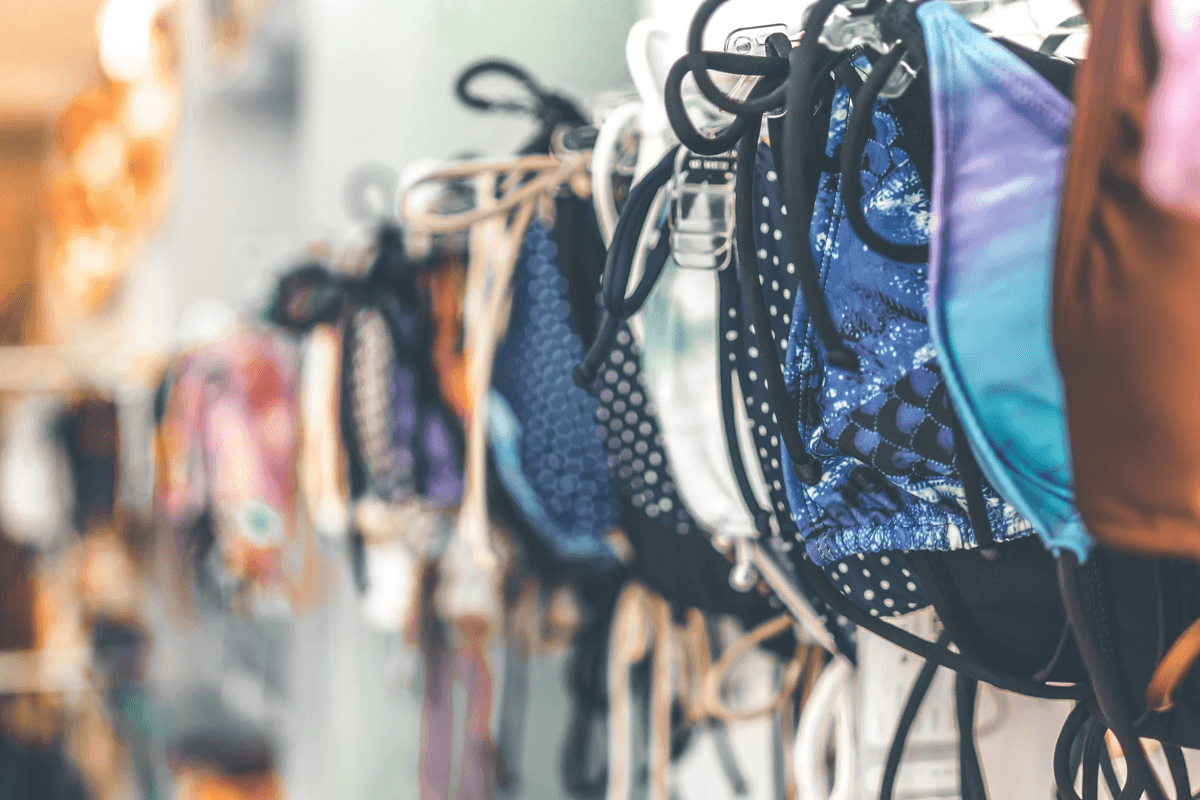
In the world of swimwear, quality is paramount, and effective Swimwear/Bikini Product Inspection is essential to ensure that each piece meets the highest standards. From evaluating fabric material and woven design to ensuring bra symmetry, every detail plays a significant role in customer satisfaction. By adhering to best practices in inspection, manufacturers can enhance their reputation and foster brand loyalty among consumers.
Best Practices for Swimwear/Bikini Product Inspection
To achieve excellence in Swimwear/Bikini Product Inspection, it’s crucial to start with a thorough understanding of fabric material and woven design. Inspectors should prioritize evaluating fabric quality for durability and comfort, as these factors are vital for swimwear performance. Additionally, assessing style colour and pattern accuracy ensures that designs align with current trends while meeting consumer expectations.
Moreover, attention must be paid to bra symmetry during inspections; a well-aligned bra contributes significantly to the overall fit of swimwear. Seam stitching smoothness and flatness should also be scrutinized to prevent discomfort or irritation when wearing the product. Lastly, inspecting exposed base components is essential for maintaining aesthetic appeal while ensuring structural integrity.
Role of China Inspection Pro in Quality Assurance
China Inspection Pro plays a pivotal role in enhancing quality assurance within the swimwear industry by providing comprehensive inspection services tailored specifically for Swimwear/Bikini Product Inspection. Their team of experts meticulously evaluates every aspect of production—from fabric material selection to final assembly—ensuring that all items meet stringent safety standards and consumer expectations. With their extensive knowledge of style colour and pattern trends, they help brands stay competitive while delivering top-notch products.
Additionally, China Inspection Pro utilizes advanced methodologies for testing bra symmetry and seam stitching smoothness and flatness so that any potential defects are identified early on in the production process. Their commitment to excellence extends beyond inspections; they offer valuable insights into improving manufacturing practices that can lead to enhanced product quality overall. By partnering with China Inspection Pro, businesses can significantly reduce returns due to quality issues.
Final Thoughts on Maintaining Swimwear Quality
Maintaining high standards in swimwear production requires a vigilant approach toward Swimwear/Bikini Product Inspection at every stage of manufacturing. Emphasizing fabric material and woven design integrity will not only improve durability but also enhance comfort—a critical factor for consumers choosing swimwear options today. Understanding the importance of style colour and pattern accuracy further elevates brand perception while ensuring alignment with market trends.
Furthermore, prioritizing bra symmetry along with seamless seam stitching smoothness and flatness will undoubtedly lead to greater customer satisfaction levels—after all, nobody wants an ill-fitting bikini! Finally, never underestimate the implications of exposed base quality; it’s not just about aesthetics but also about creating products that stand up against wear over time. In conclusion, investing time into meticulous inspections will yield remarkable benefits for both manufacturers and consumers alike.
